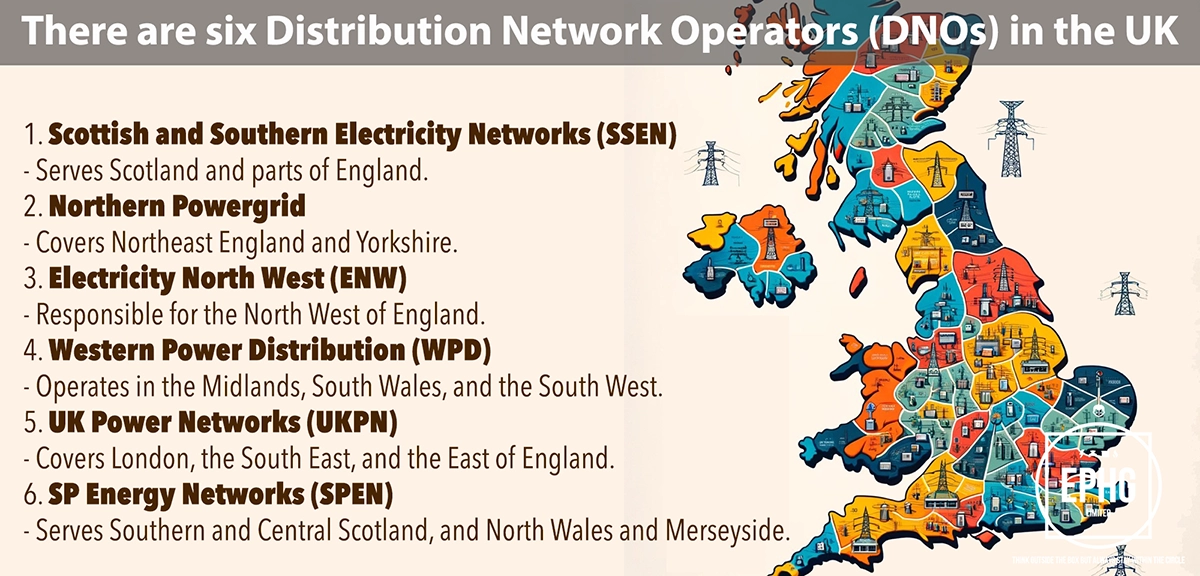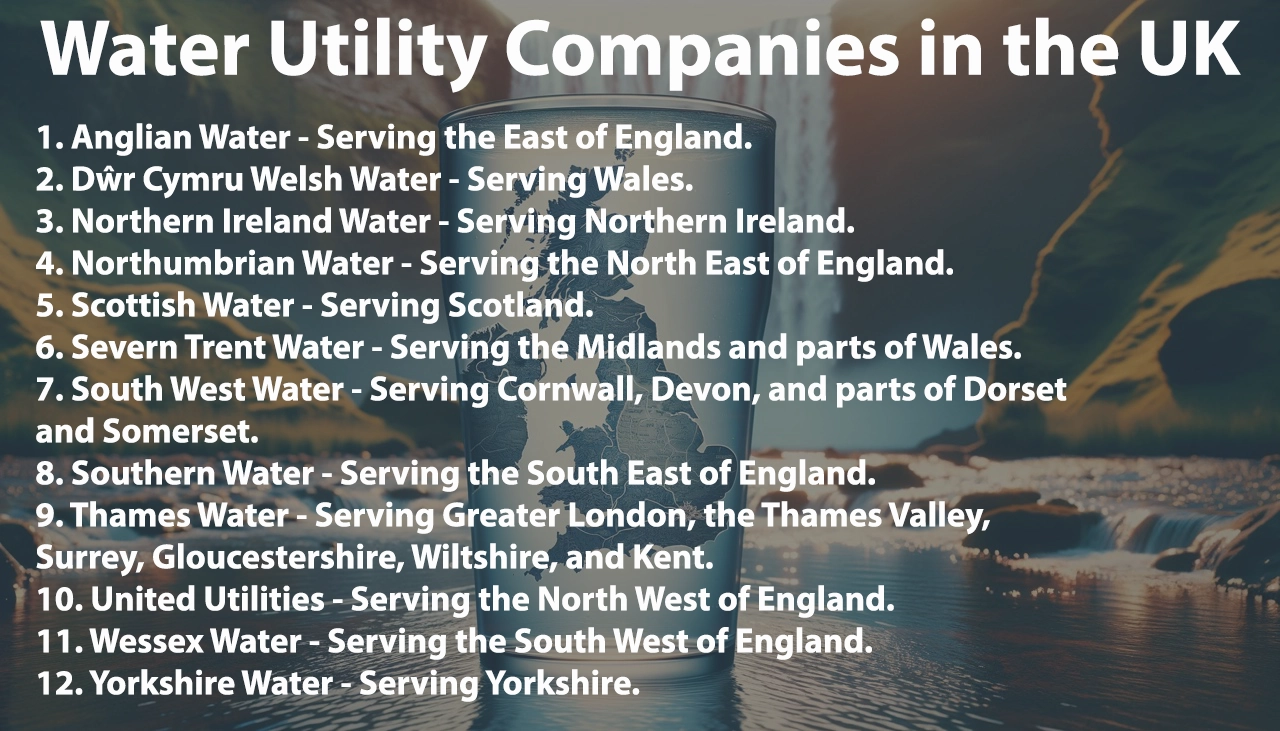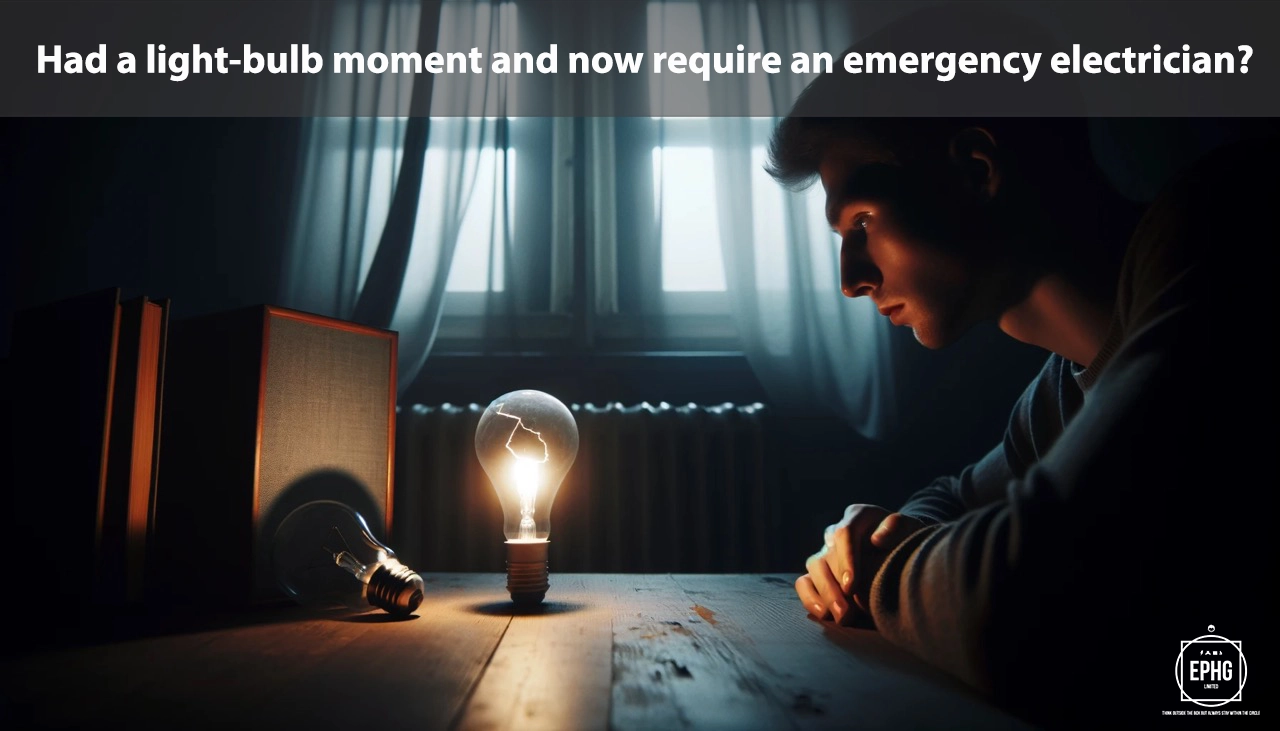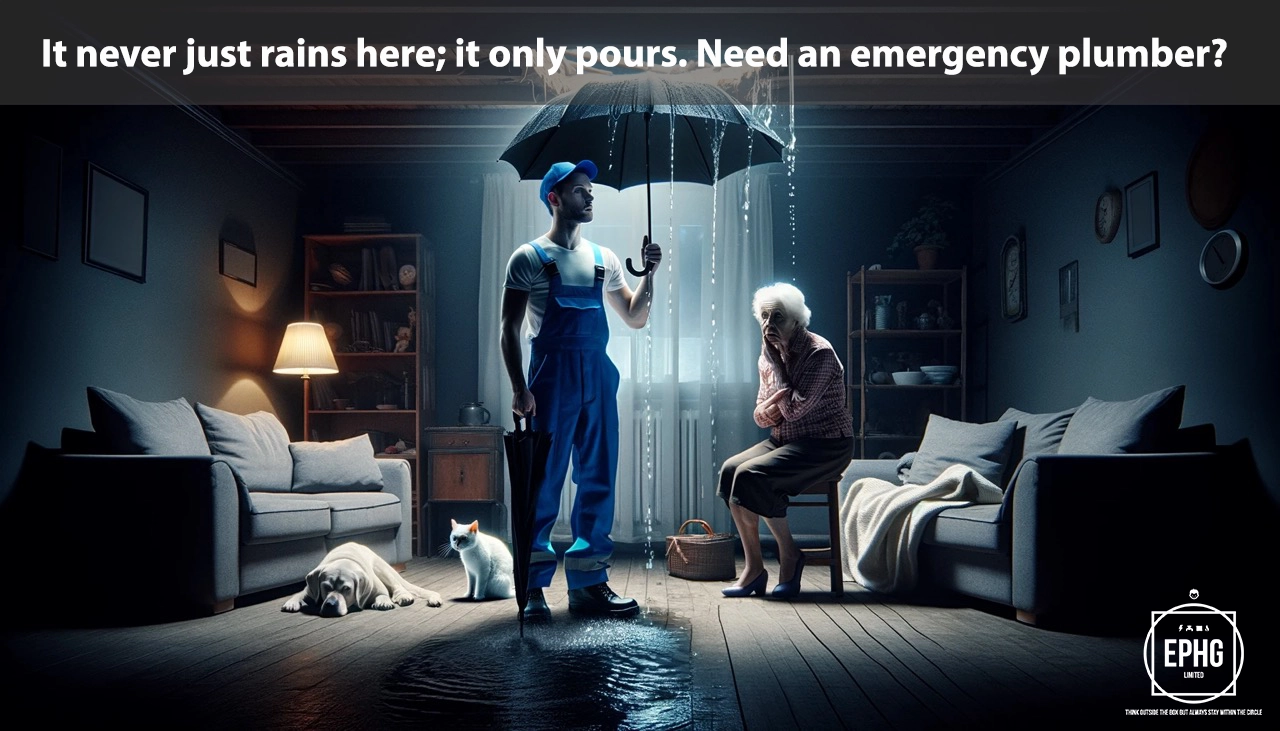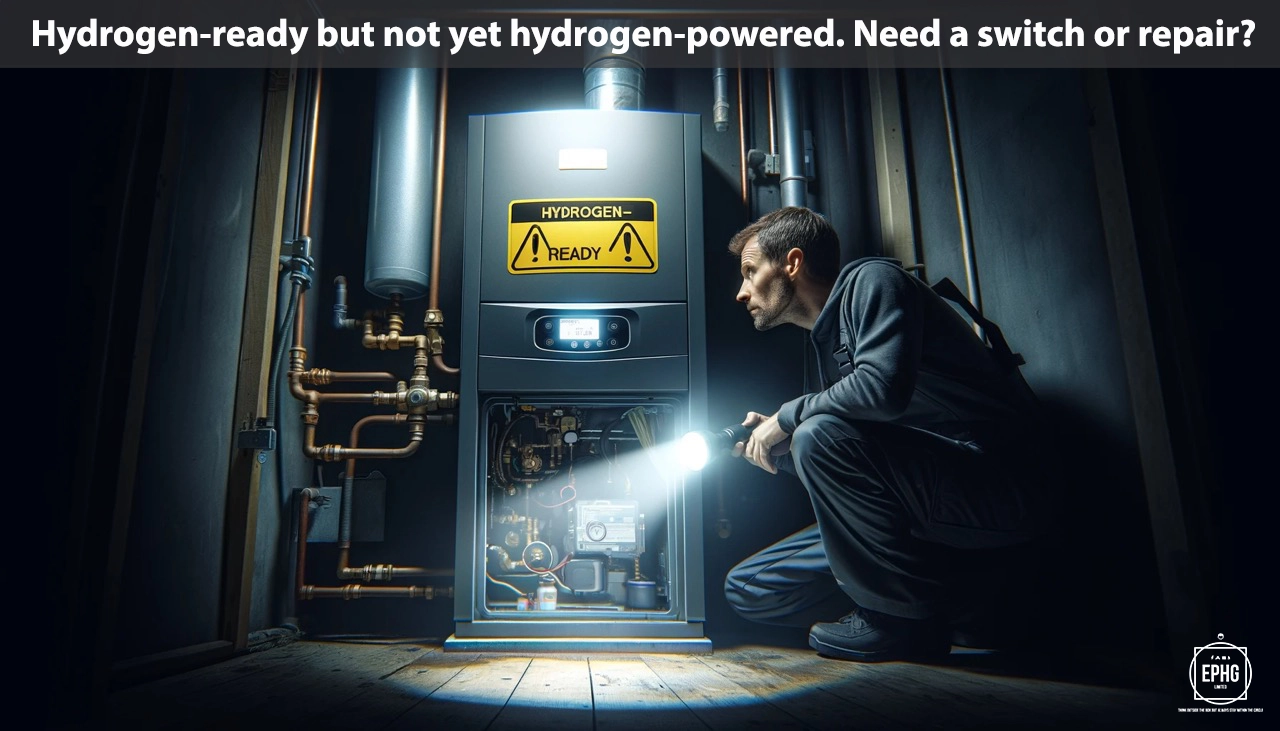
MK Postcodes for Utilities & Services in Milton Keynes
Introduction: The MK postcode area, serving Milton Keynes and the surrounding areas, offers a unique glimpse into the region's utility services, including water and electricity. This guide provides insights into these critical services, spotlighting some of the local rivers that play a vital role in the area.
Water in Milton Keynes
Where does the water supply come from in Milton Keynes and is there ever a shortage of water?
The primary water source for Milton Keynes is the River Great Ouse. This river, along with its tributaries, including the River Ouzel, supplies the region with its main water needs. Water extraction and treatment facilities located along these rivers ensure the water distributed throughout Milton Keynes meets the highest safety standards. Although Milton Keynes enjoys a relatively robust water supply system, the area is not immune to the challenges posed by climate change, including the risk of droughts and the increasing demand from a growing population. To mitigate these risks, water conservation measures and sustainable water management practices are in place, aiming to secure water availability for future generations. The community is encouraged to engage in water-saving behaviors to contribute to the sustainability of local water resources.
What is the hardness & quality of the water in Milton Keynes and can this affect your health?
Water in Milton Keynes is characterized as moderately hard. This is due to the geological composition of the area, where the water travels through chalk and limestone, absorbing minerals like calcium and magnesium. While moderately hard water can lead to some mineral buildup in household appliances, it is also beneficial for health, contributing essential minerals to the diet. The water quality in Milton Keynes is strictly monitored, adhering to rigorous health and safety standards to ensure it is free from harmful contaminants. Regular testing for pollutants and other potentially hazardous substances guarantees that the water remains safe for consumption. Although hard water has been linked with certain health concerns, the moderate hardness level in Milton Keynes' water supply is generally not considered detrimental to health. Nevertheless, individuals with specific health conditions or concerns about water hardness are advised to use filtered or bottled water for drinking and cooking.
Electricity in Milton Keynes
Where does the electric supply come from in Milton Keynes and what is the future of energy there?
The electric supply in Milton Keynes is primarily sourced from the national grid, which includes a diverse mix of energy sources such as nuclear, renewables (including wind, solar, and hydroelectric power), and fossil fuels. Milton Keynes is particularly focused on enhancing its renewable energy output, with several solar farms and wind turbines already in operation around the area. The future of energy in Milton Keynes is aimed towards achieving greater sustainability and reducing carbon emissions. This includes initiatives to increase the use of renewable energy sources, improve energy efficiency in homes and businesses, and promote the adoption of electric vehicles through the expansion of charging infrastructure. The city is also exploring innovative technologies such as battery storage and smart grids to enhance the reliability and efficiency of its energy supply, signaling a strong commitment to a greener, more sustainable energy future.
When is hydrogen coming to gas boilers in Milton Keynes?
As part of the national move towards decarbonizing heating, Milton Keynes is participating in research and development initiatives focused on integrating hydrogen into its energy mix. The transition to hydrogen for gas boilers represents a significant step towards reducing the city's carbon footprint, aligning with broader UK goals to introduce hydrogen heating in select areas by the 2030s. Milton Keynes is closely monitoring developments and preparing for potential pilot schemes that test the feasibility of hydrogen heating in residential areas. While specific timelines for widespread hydrogen adoption remain dependent on national strategies and the success of pilot projects, Milton Keynes is committed to supporting this transition through local infrastructure developments and public awareness campaigns. Residents are encouraged to stay informed about the latest developments and consider energy-efficient upgrades to their heating systems in preparation for future changes.
Where Does the Wastewater Go in Milton Keynes?
In Milton Keynes, wastewater management is a crucial component of the city's environmental strategy, ensuring the health and safety of its residents while minimizing impact on the natural environment. Wastewater from homes, businesses, and industries is collected and treated at several state-of-the-art facilities around the city, including the Cotton Valley and Willen Sewage Treatment Works. These facilities employ advanced treatment processes to remove contaminants and pollutants, ensuring the water meets strict regulatory standards before being released back into local watercourses, such as the River Great Ouse. This meticulous approach to wastewater treatment exemplifies Milton Keynes' commitment to sustainability and environmental protection, showcasing its efforts to balance urban development with the preservation of its waterways and natural habitats.
Regions and Services:
The MK postcode covers a broad spectrum of environments, ranging from the bustling cityscape of Milton Keynes to the serene villages that dot the countryside. Key regions include:
- Milton Keynes City: A hub for innovation in utilities and services, featuring state-of-the-art electrical and renewable energy solutions.
- Bletchley, Newport Pagnell, and Buckingham: Towns blending historic charm with modern utility services, reflecting a commitment to sustainable growth and community needs.
- Olney, Woburn, and Cranfield: Villages embracing green energy initiatives, including solar farms and community-led sustainability projects, alongside traditional utilities.
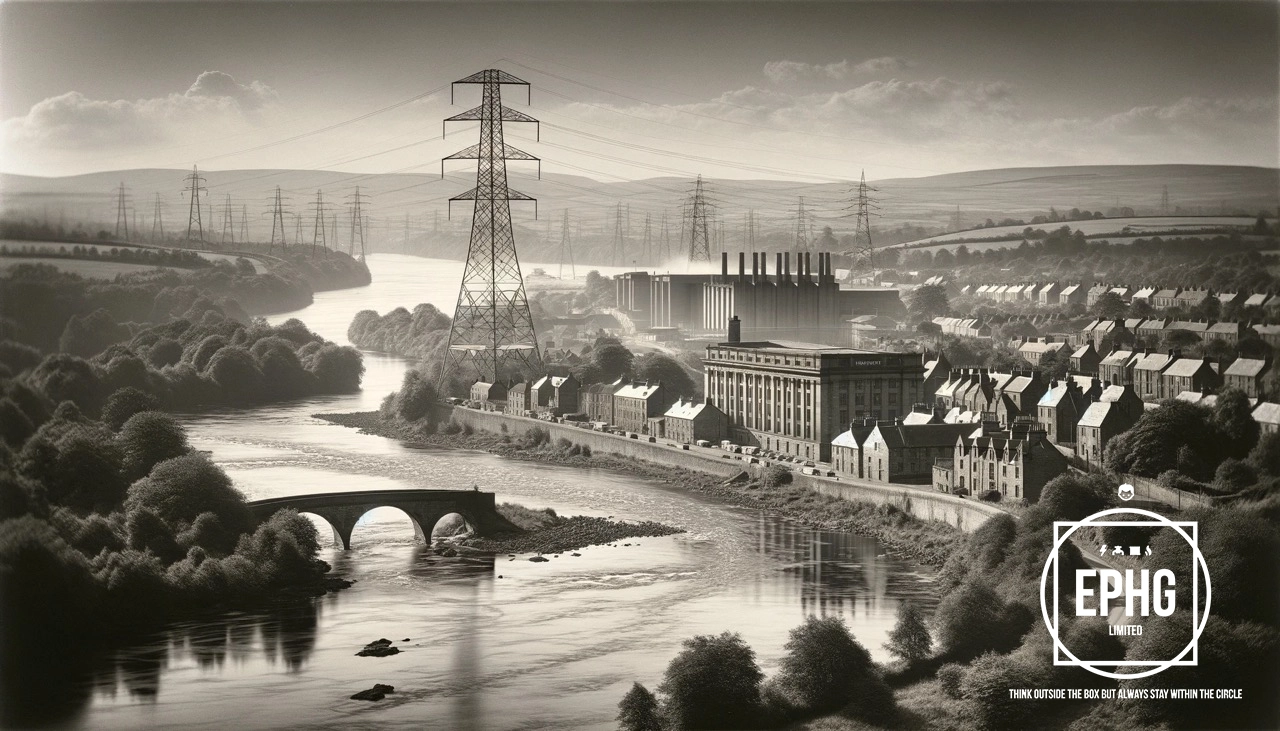
Regions within the MK Postcode
Milton Keynes and Immediate Vicinity
- MK1: Bletchley, Denbigh, Mount Farm - Urban areas known for retail parks and leisure facilities, close to Stadium MK.
- MK2: Bletchley, Water Eaton, Brickfields - Includes parts of Bletchley with historical sites and community hubs.
- MK3: West Bletchley, Emerson Valley, Furzton - Suburban areas with parks and family-friendly amenities.
- MK4: Westcroft, Shenley Brook End, Tattenhoe - Featuring newer developments and community services.
- MK5: Crownhill, Grange Farm, Loughton - Areas with mixed residential and commercial use.
- MK6: Oldbrook, Coffee Hall, Beanhill - Centrally located neighborhoods with easy access to central Milton Keynes.
- MK7: Caldecotte, Kents Hill, Walton - Known for its parks, educational institutions, and residential areas.
- MK8: Oxley Park, Crownhill, Ashland - Encompassing both established and newer residential areas.
- MK9: Central Milton Keynes, Campbell Park - The business and cultural heart of Milton Keynes, including shopping and entertainment districts.
- MK10: Monkston, Kingston, Middleton - Residential areas with local amenities and green spaces.
Outer Milton Keynes and Rural Areas
- MK11: Stony Stratford, Greenleys, Wolverton Mill - Historical towns and areas combining modern living with heritage.
- MK12: Wolverton, Old Wolverton, Stacey Bushes - Known for railway history and vibrant local communities.
- MK13: Bancroft, Blue Bridge, Bradwell Abbey - Mixed-use areas with industrial history and residential quarters.
- MK14: Giffard Park, Great Linford, Willen - Featuring parkland, residential areas, and historical sites.
- MK15: Bolbeck Park, Downhead Park, Pineham - Areas near the Grand Union Canal with business parks and housing.
Buckinghamshire and Bedfordshire Towns
- MK16: Newport Pagnell - A market town with a rich history and community feel, located north of Milton Keynes.
- MK17: Woburn Sands, Salford, Aspley Guise - Villages and small towns near Milton Keynes, known for their rural charm and golf courses.
- MK18: Buckingham, Padbury, Gawcott - Includes the historic town of Buckingham and surrounding villages.
- MK19: Deanshanger, Old Stratford, Passenham - Areas combining countryside living with close proximity to urban amenities.
- MK40 - MK45: Covering Bedford, Kempston, and surrounding Bedfordshire areas, extending the reach of the MK postcode into neighboring county services and communities.
